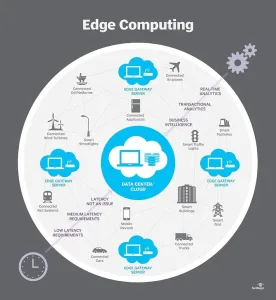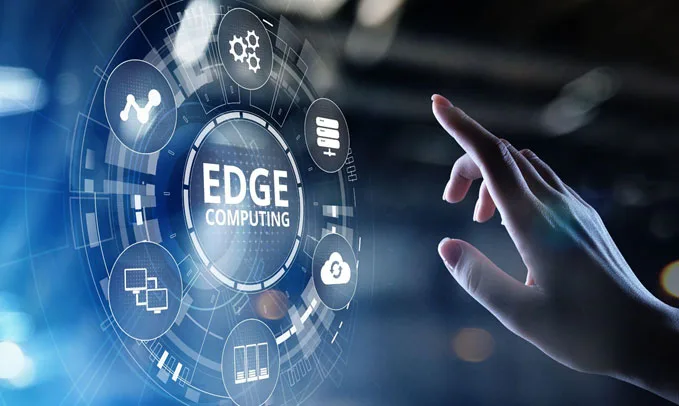Edge computing processes data close to its source, such as in a store, factory, or smart city infrastructure, rather than in a central data center. This localized approach enables fast, real-time analysis, lowers data transfer costs, and boosts response times. Industries that rely on rapid insights, like autonomous vehicles, healthcare, and manufacturing, benefit significantly from edge computing.
By handling data locally, edge computing allows quick access to information from IoT devices, sensors, and other remote sources. For example, manufacturers can monitor equipment to predict maintenance needs, reducing downtime. In healthcare, doctors can access real-time patient data, enabling quicker, more responsive care.

Edge computing places storage and computing resources at the data’s origin. For instance, edge servers may be installed in a utility grid or at a local store. This proximity minimizes network delays and reduces dependency on internet connectivity, ensuring fast, reliable data processing.
While similar to cloud and fog computing, edge computing is distinct in function. Cloud computing manages large-scale data across distant servers, while edge computing handles time-sensitive data at the network edge. Fog computing, meanwhile, manages data over a wide area without needing centralized resources. By keeping data processing near its source, edge computing enhances efficiency, helping industries adapt to growing technological demands.




